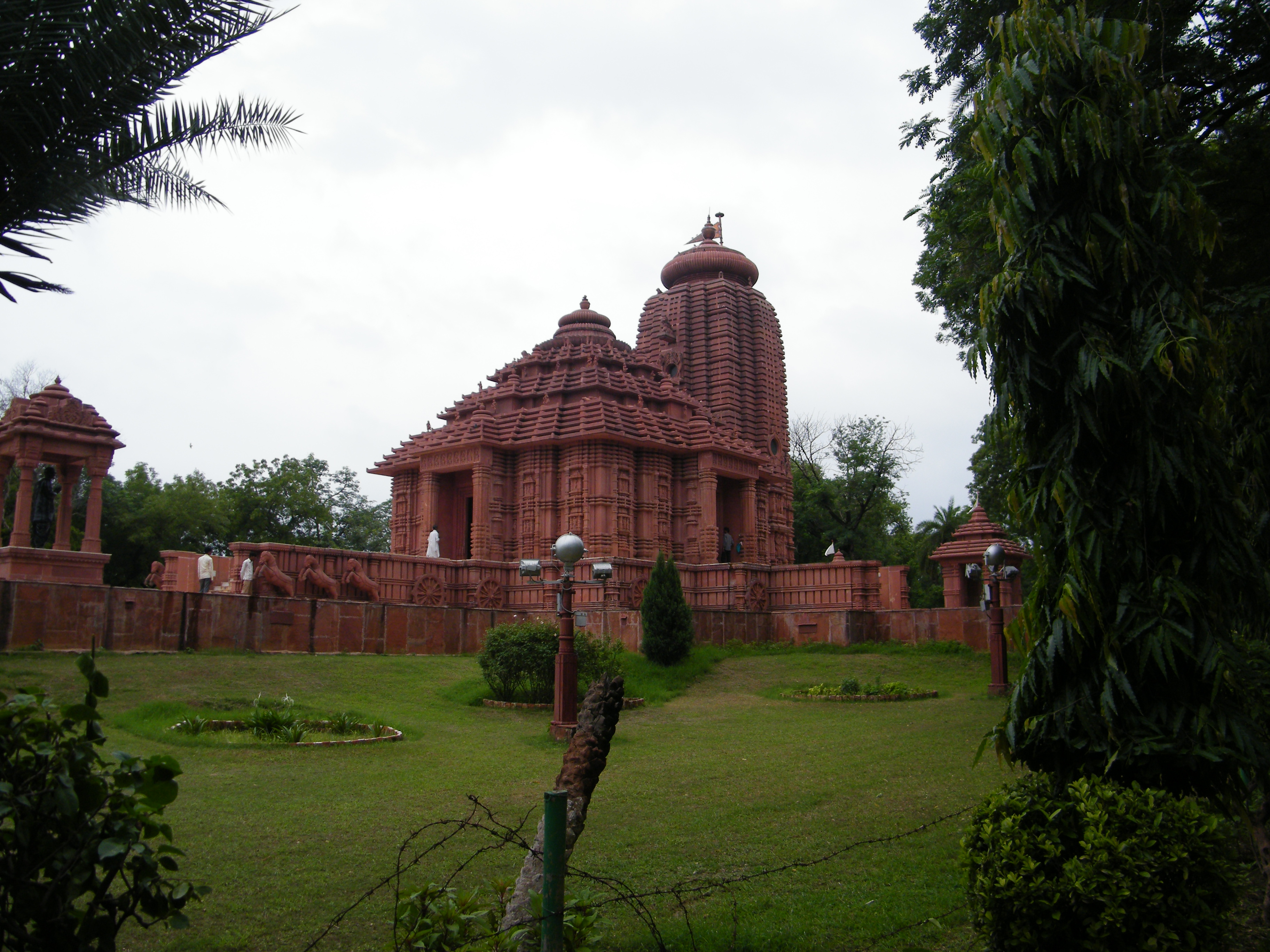Birla Temple on:
[Wikipedia]
[Google]
[Amazon]





 Birla Mandir (Birla Temple) refers to different
Birla Mandir (Birla Temple) refers to different



 Birla Mandir (Birla Temple) refers to different
Birla Mandir (Birla Temple) refers to different Hindu temple
A Hindu temple, or ''mandir'' or ''koil'' in Indian languages, is a house, seat and body of divinity for Hindus. It is a structure designed to bring human beings and gods together through worship, sacrifice, and devotion.; Quote: "The Hin ...
s or Mandirs built by the Birla family, in different cities across India. All these temples are magnificently built, some of them in white marble or in sandstone. The temples are generally located in a prominent location, carefully designed to accommodate a large number of visitors. The worship and discourses are well organized. The first one was built in 1939 in Delhi collectively by Jugal Kishore Birla
Sheth Jugal Kishore Birla (23 May 1883– 24 June 1967) was scion of the Birla family and eldest son of Baldeo Das Birla. He was a noted industrialist, philanthropist and vocal supporter of Hindu philosophy.
Life
He started his business career ...
and his brothers, as well their father. Later temples have been built by, and are managed by different branches of the family. For both of the temples in Varanasi, the Birlas joined other donors to support the cost.
History and design
The Birla temples in Delhi and Bhopal were intended to fill a void, because these cities, ruled for centuries by Muslim dynasties, did not have any notable temples, since the ruler did not permit the construction of grand temples withshikhara
''Shikhara'' ( IAST: '), a Sanskrit word translating literally to "mountain peak", refers to the rising tower in the Hindu temple architecture of North India, and also often used in Jain temples. A ''shikhara'' over the ''garbhagriha'' chambe ...
s. Delhi, even though it was the capital of India, did not have any notable temples. During the Mughal period, temples with shikharas were prohibited until the late Mughal period. The first temple to be built by the Birla family is the Laxminarayan Temple in Delhi which was in 1939. Located at a prominent site, the temple was designed to be lofty and spacious, suitable for congregational worship or discourses. Although built using modern technology, it very loosely conformed to the Nagara style. The Birlas also build the adjoining Buddhist temple and donated it to the Mahabodhi Society.
The Birla temples in Delhi, Banaras and the Bhopal use modern construction materials and techniques. Later temples are built of marble or sandstone and are constructed usually in the classical style of Māru-Gurjara architecture
Māru-Gurjara architecture, Chaulukya style or Solaṅkī style, is the style of West Indian temple architecture that originated in Gujarat and Rajasthan from the 11th to 13th centuries, under the Chaulukya dynasty (also called Solaṅkī dyna ...
(from the Chandela
The Chandelas of Jejakabhukti was an Indian dynasty in Central India. The Chandelas ruled much of the Bundelkhand region (then called ''Jejakabhukti'') between the 9th and the 13th centuries. They belonged to the Chandel clan of the Rajputs.
...
or Chaulukya dynasty
The Chaulukya dynasty (), also Solanki dynasty, was a dynasty that ruled parts of what are now Gujarat and Rajasthan in north-western India, between and . Their capital was located at Anahilavada (modern Patan). At times, their rule extended ...
) of the 10-12th century, with some elements of local regional styles, such as the gopuram
A ''gopuram'' or ''gopura'' ( Tamil: கோபுரம், Malayalam: ഗോപുരം, Kannada: ಗೋಪುರ, Telugu: గోపురం) is a monumental entrance tower, usually ornate, at the entrance of a Hindu temple, in the Sout ...
of the Birla Mandir, Hyderabad
Birla Mandir is a Hindu temple, built on a high hillock called ''Naubath Pahad'' on a plot in Hyderabad, Telangana, India. The construction took 10 years and was opened in 1976 by Swami Ranganathananda of Ramakrishna Mission. The temple was ...
, otherwise in the northern Māru-Gurjara style. The Saraswati temple, in the BITS Pilani campus is one of the very few Sarasvati temples built in modern times (see Sharda Temple, Maihar). It is said to be a replica of the Kandariya Mahadeva Temple
The Kandariya Mahadeva Temple (Devanagari: कंदारिया महादेव मंदिर, Mandir), meaning "the Great God of the Cave", is the largest and most ornate Hindu temple in the medieval temple group found at Khajuraho in ...
temple of Khajuraho; however it is built of white marble and adorned with not only images of Gods, but also of philosophers and scientists. The Gwalior Sun temple is a replica (much reduced in size) of the famous Konark Sun Temple
Konark Sun Temple is a (year 1250) Sun temple at Konark about northeast from Puri city on the coastline in Puri district, Odisha, India.Community and Public Culture: The Marwaris in Calcutta 1897-1997, Anne Hardgrove, Philanthropy and Mapping the Kul: Industrialists and Temple Building
/ref>
/ref>
Birla Mandirs across India
See also
* Hindu temple architecture *Shri Vishwanath Mandir
Shri Vishwanath Mandir also known as Vishwanath Mandir, Vishwanath Temple, New Vishwanath Temple and Birla Temple is one of the most famous Hindu temples and biggest tourist attractions in the holy city of Varanasi. The temple is situated in ...
* {{intitle, Birla Mandir
References